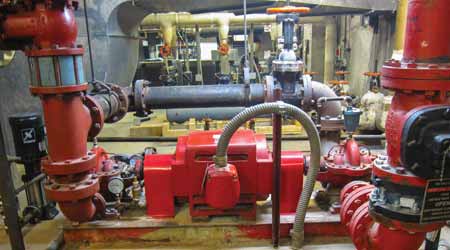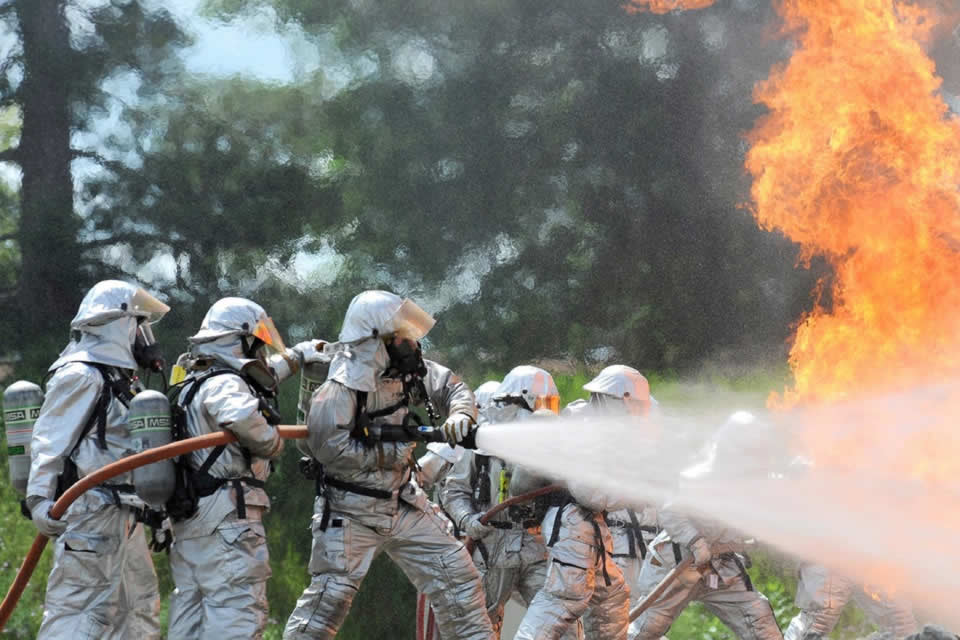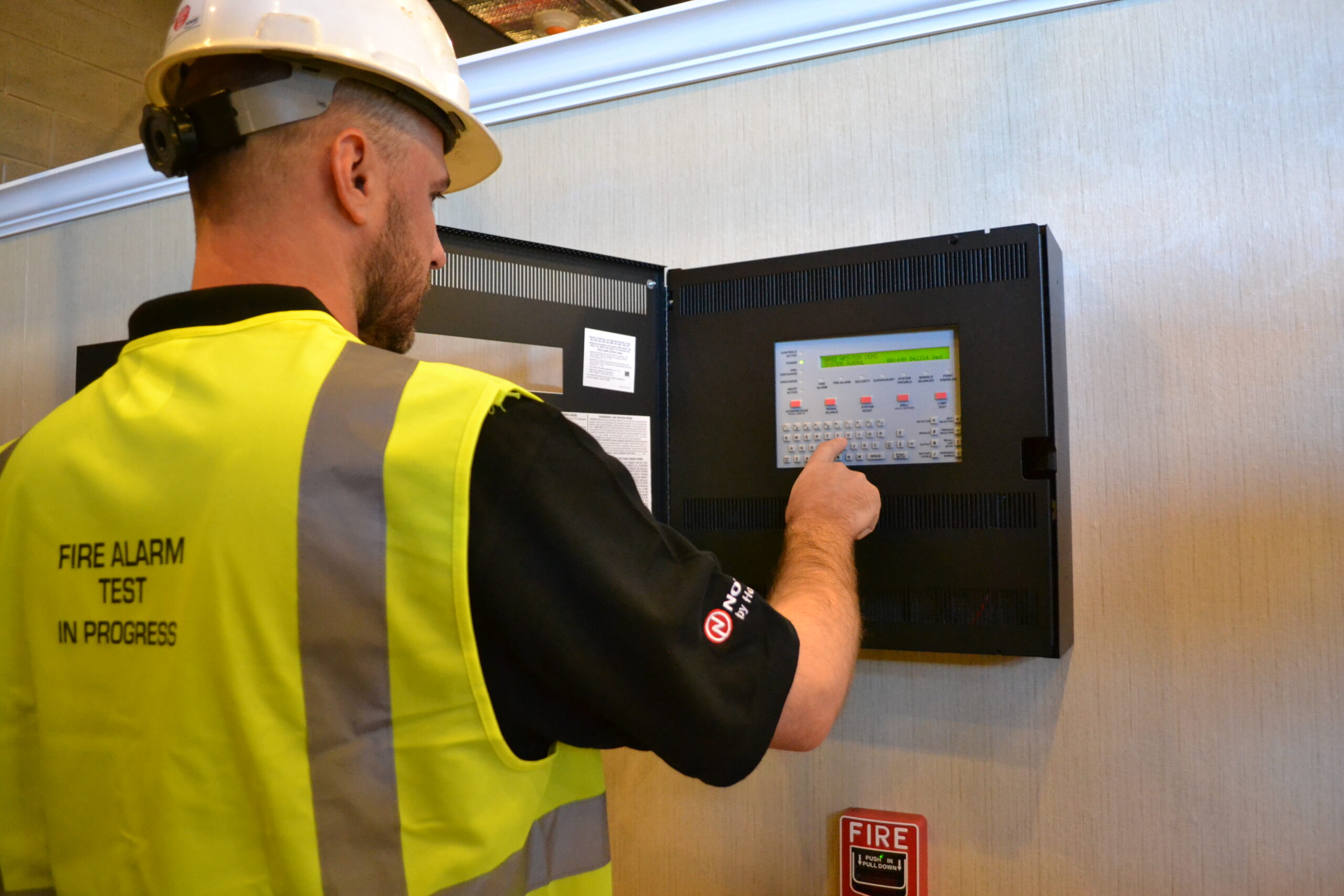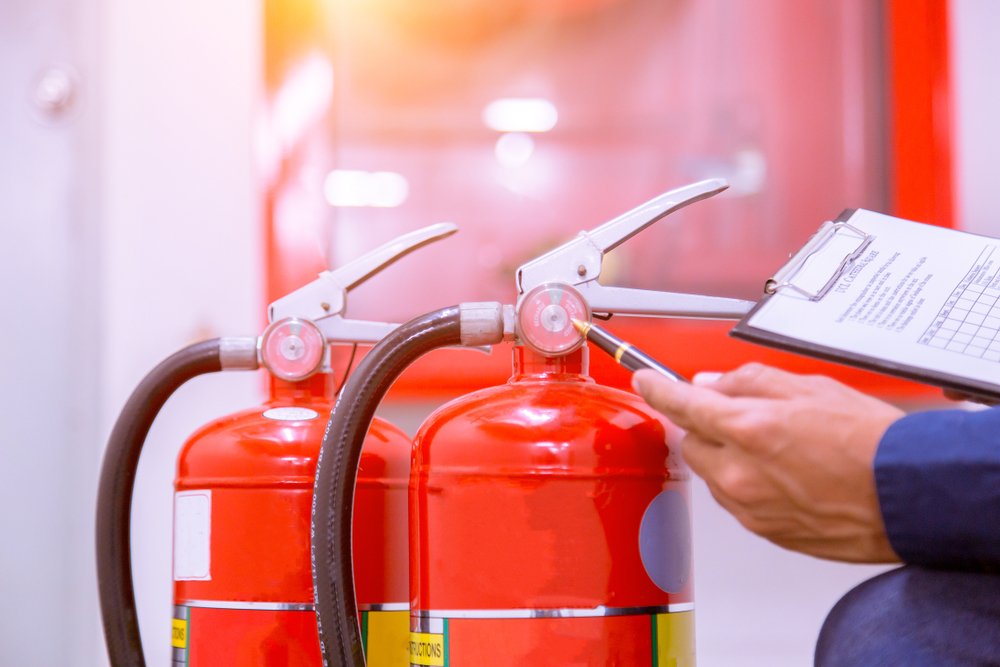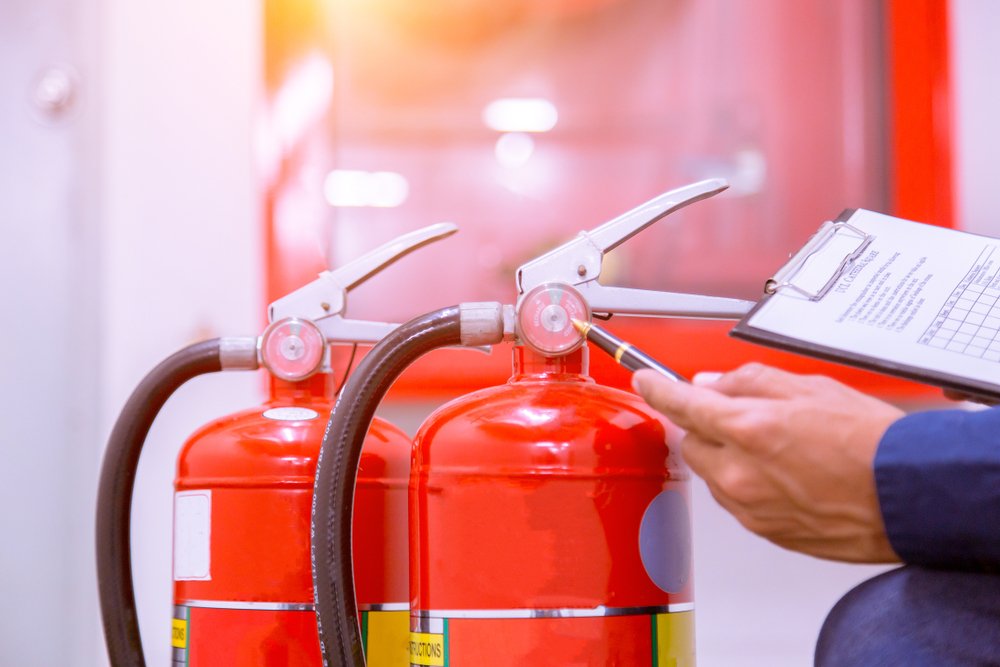Fire Protection Studies help to improve fire safety and firefighting operations. It also examines the cost-effectiveness of current measures. There is a need for research and development of training. These are important aspects of fire protection. In addition, they improve overall building safety and security. In addition, they are an important part of disaster management planning.
Research needs to be conducted to enhance fire safety
Fire safety can be enhanced by studying the behavior of people and the environment surrounding fires. This includes identifying how to reduce the risk of fires and identifying the factors that increase risk. Developing new technologies is also a critical area for research. Nanotechnology, for instance, can play an important role in improving fire-resistance materials. However, nanotechnology must be tested and applied properly in order to ensure safety.
The causes of fires are numerous and include factors that can cause ignition, aggravate fire severity, or impede escape. Cooking is thought to be the leading cause of fires in buildings, but other factors can contribute to their outbreak and spread. Electric heaters, fireworks, and malfunctioning electrical equipment are other potential sources of ignition. Furthermore, improper storage of tools, trash, and other volatile flammable materials can also increase the severity of a fire. Additionally, toxic smoke produced by a fire can make it impossible for people to escape from a building.
Research to increase fire safety requires a coordinated effort from various groups. Developing a national fire safety research program is important. It can help reduce the number of unnecessary fires and injuries. It can also improve the performance of buildings.
Training needs to be developed to improve firefighting operations
Firefighting operations require a high level of training, and firefighters need to be able to understand how to operate various types of equipment. These vehicles must be operated safely and thoroughly, and firefighters need to understand the laws and principles of physics. Training helps firefighters avoid accidents and ensures that they know what they’re doing at all times. Training is an essential part of any firefighting operation, and the fire service must prioritize it.
Many firefighters also have emergency medical technician training, which allows them to stabilize burn victims and transport them to medical facilities. Moreover, firefighters respond to non-fire situations as well. They help the public stay safe by conducting fire prevention education and fire code inspections. They also provide information packets and train the public about fire prevention.
Many problems in fire fighting can be classified as chronic. There are no simple solutions, and it can be difficult for those in leadership positions to address all of them. Most solutions focus on the surface and do not deal with the root cause. As a result, the problem tends to repeat itself and cascade.
Training for firefighters on the proper use of radios is essential for keeping everyone informed. New technology can help firefighters communicate more effectively, and it can also help departments maintain accountability on the fire scene. For example, Motorola has developed a radio command system that displays a firefighter’s radio ID, where he or she is located, and even whether their radio is turned off. It can also notify the commander if a firefighter is in trouble, and can send an evacuation tone to the entire crew.
Cost-effectiveness of current fire protection measures
A recent workshop held by NFPA examined the cost-effectiveness of current fire protection measures. The workshop brought together fire service professionals, economists, and researchers to discuss issues related to economics and fire safety. Participants noted the need for more information on the costs of fire protection and mitigation. They discussed how the costs of fire can affect business, employment, and real estate values, and how to measure the costs of prevention and mitigation.
Cost-effectiveness of current fire protection measures is a crucial question in assessing public investments in fire safety. Often, the cost of fire protection measures is not calculated accurately, despite their apparent benefits. However, the NFPA has been publishing information on the costs of fire for several years, based on the losses plus the costs of protection. The latest report on the subject will be published in March 2014.
A systematic approach to fire safety improvement can offer substantial cost savings and a high level of life safety. Currently, most fire safety improvement strategies focus on improving fire protection features of buildings and using performance-based codes. The report also identifies major shortcomings in current fire protection measures and provides detailed strategies to address these issues.
Fire-related injuries are costly, and even a small reduction in the number of injuries could more than justify the costs of a smoke alarm and fire-resistance education campaign. As a result, communities that have high rates of residential fire-related injuries should consider putting money into such programs.

